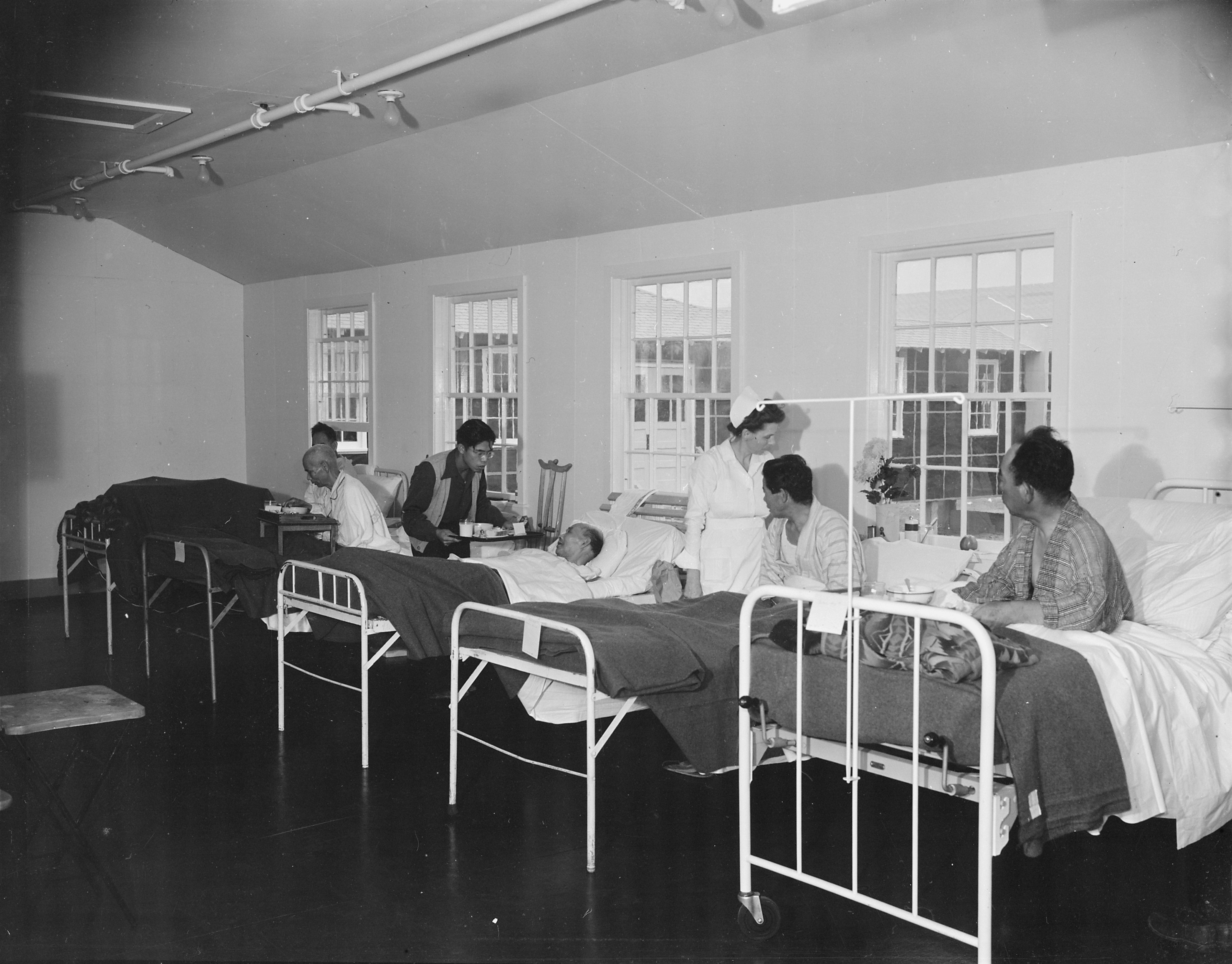
Howick Hall provided a great atmosphere for those recovering from injuries. At the time the hall was inhabited by Lady Sybil Grey, daughter of the fourth Earl Grey, who dedicated her home and her time to helping her patients. The hall’s ballroom was transformed into a ward and over 400 patients were looked after by Sybil, her family and local volunteers. Howick Hall in Alnwick, Northumberland was transformed into a hospital at the very outbreak of the war in 1914. Attingham Park Mansion had 60 beds for wounded soldiers and an operating theatre was built for doctors to attend more serious war injuries. Teresa bravely served as a nurse for the Red Cross on the Italian front line before immigrating to Britain, before marrying Lord Berdwick at the end of the war. A philanthropic couple, Teresa came to England from Italy in 1914 to help Belgian refugees while Lord Berwick opened up his mansion to convalescing wounded soldiers. The Attingham Estate in Shrewsbury was owned by Lord Berwick and his wife Teresa Hulton. I have no volunteer nurses in the Abbey Hospital.’ In February of 1915, The British Journal of Nursing reported her saying, ‘One cannot touch hospital work without at once grasping the importance of trained nursing, how all essential it is. The Duchess took her work as a hospital worker very seriously. This was after her offer to volunteer her yacht and crew as a patrol boat was rejected.

The stables were also converted into a ward to house more soldiers. Mary, the wife of the 11th Duke of Bedford, took on the dual role of administrator and nurse when she opened Woburn Abbey to the public as a military hospital in 1914. They also created a surgery room, along with a smoking room and a reading room for the soldiers’ exclusive use.įamously the birthplace of Sir Winston Churchill, the palace was offered out as a hospital by the 9th Duke of Marlborough and his sisters, along with Gwendoline Spencer Churchill, Sir Winston’s sister-in-law. The palace converted the Long Library into a ward, providing around 50 beds for wounded soldiers. The building was repaired, but never reopened as a hospital again.īlenheim Palace in Oxfordshire was owned by the Marlborough family, who kindly donated their home to become a war hospital in 1914. It is estimated that around 1160 men were treated in this beautiful home as it rose to be one of the best convalescent homes in the country, before suffering a fire in 1916. Nan left a diary detailing various tales told by the soldiers whom she cared for – some of which are currently on display in Wrest Park, now a National Heritage site. Hundreds of women acted as nurses at Wrest Park in those four years, led by the owner’s sister Nan Herbert, who volunteered as matron. It was thought to be the first stately home to be converted into an auxiliary hospital. Wrest Park in Bedfordshire acted as a hospital between 1914-1918, after it was donated by its owner Auberon Herbert. Their youngest daughter trained as a nurse. Seventeen Red Cross nurses were brought in and a matron was hired to run the hospital, as Mrs Daisy Lloyd, the wife of the owner, was a keen gardener and wished to devote her time to maintaining the estate and its surrounding grounds.ĭespite his parents’ lack of interest in medicine, Oliver, the eldest son of Nathaniel and Daisy Lloyd who was only 3 when the war began, grew up to be a doctor. The great hall and the solar were converted into temporary wards to house 20 patients at a time, while the solar was also used as a refectory for the injured troops.

Dunham Massey Hall, now owned by the National Trust, is open to visitors and has recreated the soldiers’ refectory in the Great Hall.įor four years during World War I, Great Dixter opened its doors to 380 wounded soldiers. Soldiers would play chess, walk on the grounds and take boat trips to pass the time while recovering from their various injuries. The hospital treated 282 soldiers over two years and quickly became known as the ‘safe house’ amongst those returning from the Western Front. Lady Stamford’s daughter, Lady Jane Grey trained as a nurse in order the help the wounded soldiers who came to the Hall to recover. The princes and people of India donated the Indian Gate, located at the Southern entrance of the grounds, to say thank you for the care and attention the Royal Pavilion staff showed their soldiers.ĭunham Massey Hall in Cheshire was transformed in to the Stamford Military Hospital when Lady Stamford offered it to the Red Cross in 1917.

Country Life's Top 100 architects, builders, designers and gardeners.


 0 kommentar(er)
0 kommentar(er)
